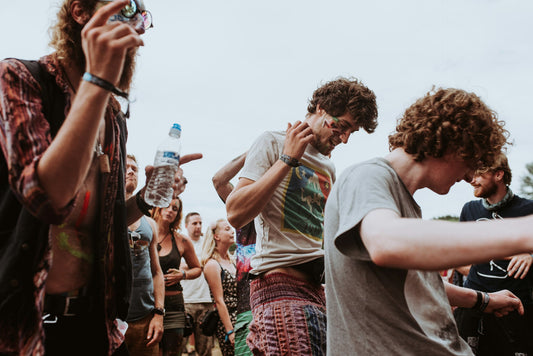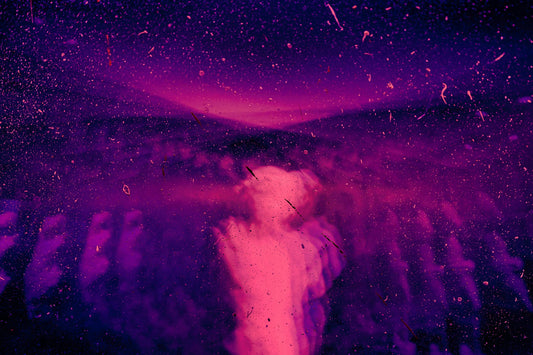
The History of Raves: Why and How Did They Emerge?
Share
Let's embark on a enchanting journey along the historical path of rave and explore the origins of this electronic music culture. Do you know why and how raves emerged?
In the late 1980s and early 1990s, raves emerged as a response to the dominant POP music culture. These large gatherings of electronic music enthusiasts were born out of a desire for something unique – separate spaces where vibrant music, freedom, and unity prevailed. Raves became a refuge for those seeking an alternative to the commercialized music scene, nurturing diversity and nonconformity.
Early raves were organized in unconventional spaces: abandoned warehouses, open fields, and underground clubs. These clandestine gatherings heightened the contrast to representatives of POP culture and added an element of mystery. The rave environment became intimate, where authentic connections often blossomed.
The foundation of rave culture was the emergence of electronic music. DJs and producers, blending house, techno, trance, and breakbeat genres, explored new musical horizons. Pulsating rhythms and hypnotic melodies became the soundtrack to these experiences, captivating the hearts and souls of ravers worldwide.
Raves were more than just musical events – they were transformative experiences. The PLUR (Peace, Love, Unity, Respect) ethos became a guiding principle, fostering a sense of community and recognition. Ravers embraced the spirit of freedom, self-expression, and interpersonal connection, dancing all night and creating memories for a lifetime.
Today, the legacy of the early raves lives on, transforming into various forms such as music festivals, club events, and underground parties. They continue to shape and inspire the electronic music culture we celebrate today, reminding us of the power of music and community to transcend boundaries and ignite our spirits.
- Why?: Countercultural Movement
In the late 1980s and early 1990s, raves emerged as a response to the dominant POP music culture. These large gatherings of electronic music enthusiasts were born out of a desire for something unique – separate spaces where vibrant music, freedom, and unity prevailed. Raves became a refuge for those seeking an alternative to the commercialized music scene, nurturing diversity and nonconformity.
- How?: Underground Gatherings
Early raves were organized in unconventional spaces: abandoned warehouses, open fields, and underground clubs. These clandestine gatherings heightened the contrast to representatives of POP culture and added an element of mystery. The rave environment became intimate, where authentic connections often blossomed.
- Music: Emergence of Electronic Sounds
The foundation of rave culture was the emergence of electronic music. DJs and producers, blending house, techno, trance, and breakbeat genres, explored new musical horizons. Pulsating rhythms and hypnotic melodies became the soundtrack to these experiences, captivating the hearts and souls of ravers worldwide.
- Experience: Unity on the Dance Floor
Raves were more than just musical events – they were transformative experiences. The PLUR (Peace, Love, Unity, Respect) ethos became a guiding principle, fostering a sense of community and recognition. Ravers embraced the spirit of freedom, self-expression, and interpersonal connection, dancing all night and creating memories for a lifetime.
Today, the legacy of the early raves lives on, transforming into various forms such as music festivals, club events, and underground parties. They continue to shape and inspire the electronic music culture we celebrate today, reminding us of the power of music and community to transcend boundaries and ignite our spirits.



